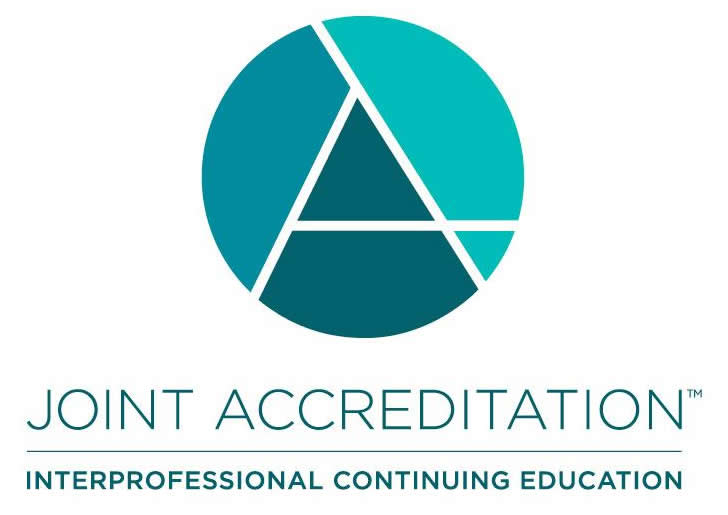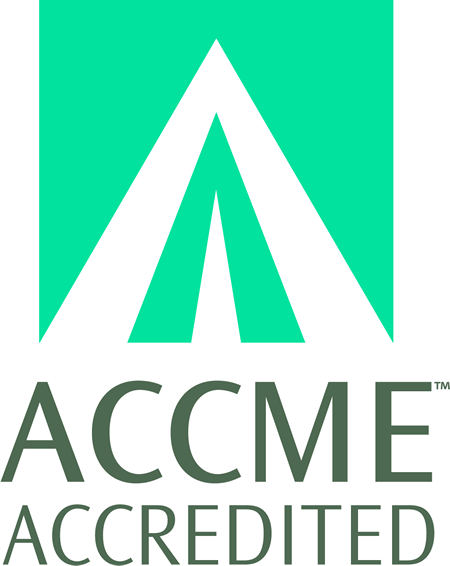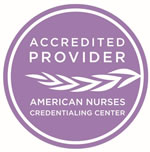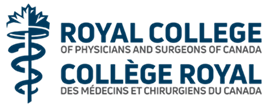
COURSE CREDITS & HOURS
14 AMA PRA Category 1 Credits™14 ACPE Credits
14.0 Contact Hours
4½ Hours of Pharmacology for NPs
COURSE FEES
TARGET AUDIENCE
PROGRAM PURPOSE
Having all the knowledge and tools as an ED physician is of no use if to the busy provider if they make the wrong diagnosis. Cognitive medical errors and their avoidance will also be discussed to help the busy practitioner avoid pitfalls and errors in assessment and diagnosis.
Despite discussions about walls and fears of terrorist incidents, worldwide travel and immigration continues. It is important to understand the potential dangers of traveling for yourself and your patients as well as to recognize some of the diseases that returning travelers and immigrants can present with as patients in the ED.
Finally the speakers will select a number of recent and potentially practice changing article to review.
Topics:
- Travel Medicine: Preparation and Prevention
- Assess appropriately the medical risk to the traveler
- List commonly needed Immunizations for travelers
- Implement helpful travel preventative treatments
- Utilize travel medicine related website resources
- There is a What in My ED?
- Identify common and not so common diseases of travelers and immigrants
- Assess returning travelers presenting with varied complaints
- Discuss treatment options
- Tackling the Opiate Crisis: An overview of MAT and Suboxone
- Discuss the role suboxone can play in the treatment of an opiate addict
- Identify potential candidates for suboxone (or other MAT) treatment
- Review the limits of treatment
- Medical Error Reduction: Optimizing Outcomes and Patient Safety
- Identify potential sources of medical errors in the way they approach pt assessment and diagnosis
- Discuss how functioning as a team with open communication and no fault reporting can help prevent errors
- Incorporate this understanding into their approach to patients
- Death by Breathing: Reassessment of the ABCs in resusciation
- Describe the dangers of excessive ventilation
- Identify errors in ventilation
- List the techniques to mitigate and correct this
- Apply this information in the treatment of respiratory and cardiac arrest
- Death by Oxygen: Reassessing the need for oxygen in all patients
- Identify the conditions for which hyperoxemia is potentially dangerous
- Describe the goals and targets of oxygen therapy
- Apply this information in patient care
- Remote Ischemic Conditioning (RIC) in STEMI care
- Describe the technique of performing RIC
- List the benfits of RIC therapy
- Apply this information in the treatment of STEMI patients in the acute setting
- Updates and Practice Changing Articles
- Describe some of the newest science and interventions in acute medicine as described in recent literature
- Discuss how these articles are potential game changers
- Demonstrate how this will change your patient assessment and care
- The Holliman Healthcare Plan and Why You Should Get Involved in Social Activism
- Describe the inter-relationships between healthcare reform, tort reform, welfare reform, and prison reform.
- The Role of Emergency Medicine in Global Health
- Describe the current structure of emergency medical care in different countries
- Mammal Bites
- State the indications for antibiotic prophylaxis and treatment of mammal bites
- Toxic Seafood Ingestions
- List the potentially dangerous types of seafood
- Abdominal Pain
- Describe the diagnosis and initial management of acute abdominal pain
- Allergic Emergencies
- List the sequence and dosages of medications used to treat allergic emergencies
- Chemical Weapons
- Describe the management of exposure to chemical agents
































